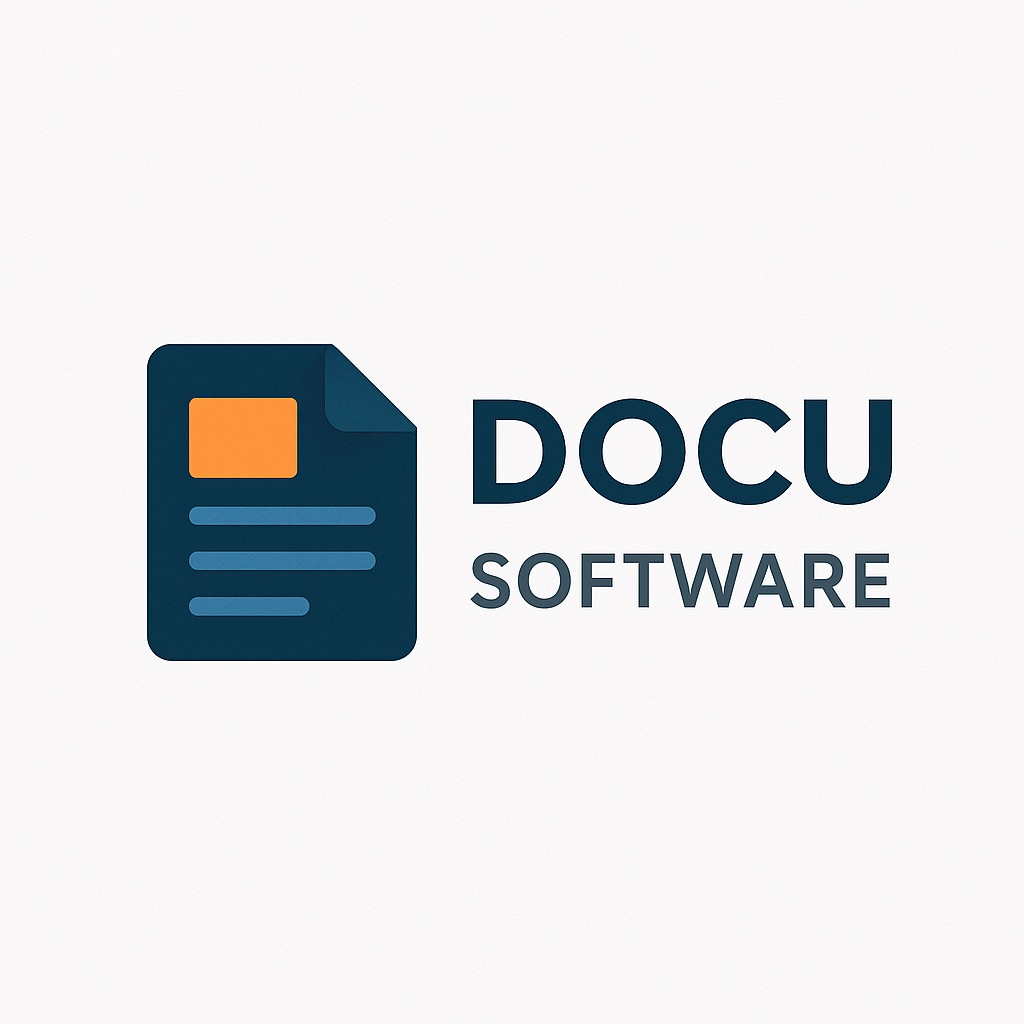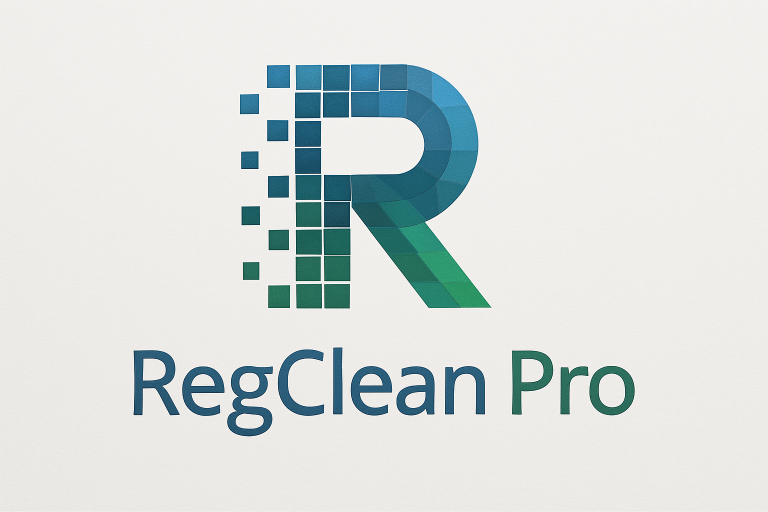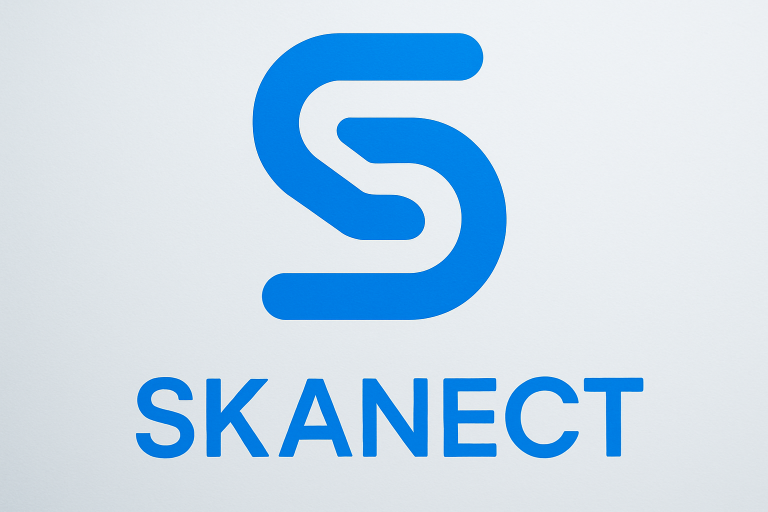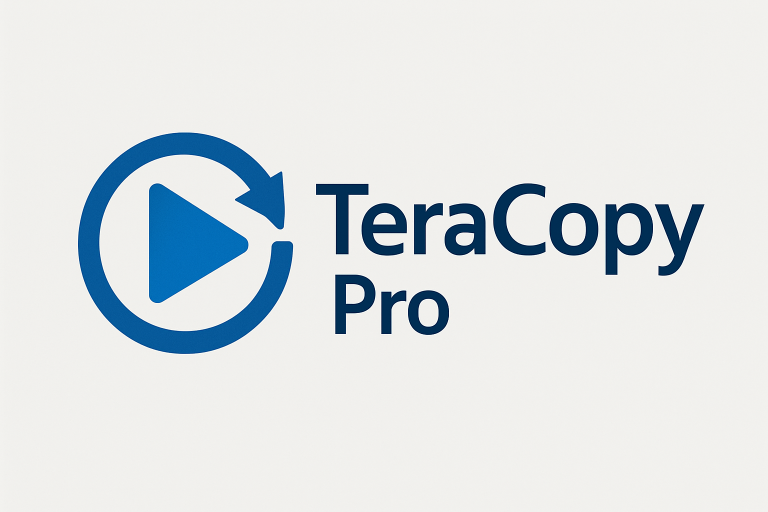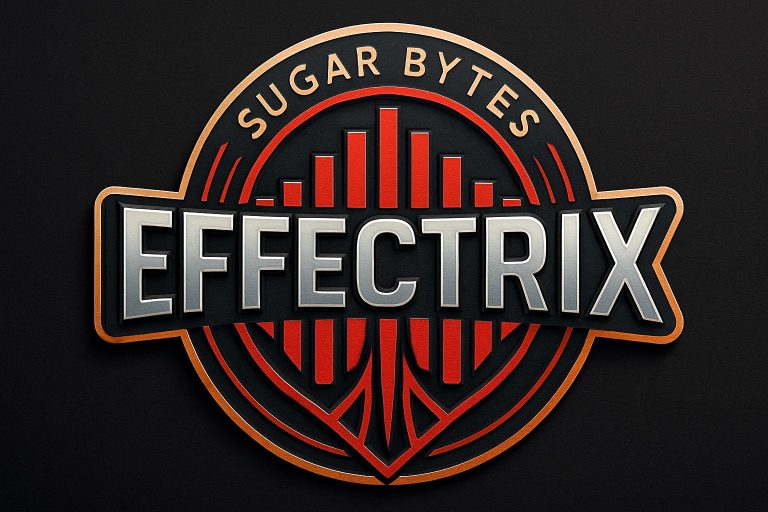SewWhat Pro
Managing embroidery designs across multiple machine formats has long frustrated both hobbyists and commercial embroiderers who work with various file types and embroidery machines. SewWhat Pro from S&S Computing addresses this specialized need with comprehensive viewing, editing, and conversion capabilities. After using this software extensively for commercial embroidery projects and personal crafting, I can detail how it streamlines digital embroidery workflows while highlighting its limitations.
Core Features and Real-World Applications
SewWhat Pro excels at universal embroidery file compatibility, supporting over 50 different formats including PES, DST, JEF, VP3, and dozens more. This broad support proved invaluable when consolidating a decade-old design library containing files from various digitizing software and embroidery machines. During a recent shop reorganization, I successfully converted 3,000+ designs from obsolete formats to modern standards, preserving stitch data that proprietary software couldn’t read.
The visual design browser transforms folder navigation into an efficient design selection process. Unlike standard file browsers showing generic icons, SewWhat Pro displays actual stitch previews, color information, and size details directly in the explorer view. When preparing a 200-piece uniform order, this visual browsing eliminated the tedious process of opening each file individually to verify design suitability, reducing selection time from hours to minutes.
Color management capabilities address one of embroidery’s most persistent challenges. The software automatically maps thread colors between different manufacturer charts (Madeira, Gutermann, Robison-Anton, etc.), crucial when switching thread suppliers or matching customer specifications. A recent project requiring Pantone color matching demonstrated this feature’s value – SewWhat Pro suggested the closest thread matches across multiple brands, enabling accurate color reproduction despite thread availability constraints.
The batch conversion functionality scales operations efficiently. Converting hundreds of designs between formats previously required opening each file individually in expensive digitizing software. SewWhat Pro processes entire folders automatically, maintaining stitch integrity while adapting to different machine requirements. This feature alone saved 20+ hours when preparing designs for a new multi-head machine with different format requirements.
Performance Analysis and Metrics
Processing speed impresses even with complex commercial designs. Opening a 200,000-stitch design takes 2-3 seconds, while format conversion completes nearly instantaneously for standard designs. Batch processing 100 typical designs (10,000-50,000 stitches each) completes in under two minutes. This efficiency enables rapid workflow when dealing with customer requests or preparing production runs.
Memory usage remains reasonable throughout extended sessions. The application typically consumes 100-200MB RAM with multiple designs open, scaling to 500MB when handling very large or complex files. This modest footprint allows running alongside other production software without system strain. No memory leaks appeared during day-long usage sessions.
Rendering accuracy proves exceptional across different file formats. Comparing original designs with converted versions showed perfect stitch preservation in 95% of cases. The remaining 5% involved proprietary features specific to certain formats (like programmable jump stitches) that required manual adjustment. This reliability gives confidence when converting customer files or archived designs.
File size optimization during conversion deserves recognition. DST files converted to PES format often shrink by 30-40% without quality loss due to more efficient encoding. This space savings accumulates significantly across large design libraries. A 10GB design collection compressed to 6GB after systematic conversion to modern formats.
Detailed Competitor Comparison
Wilcom TrueSizer offers free viewing and conversion but limits editing capabilities without purchasing the full Wilcom suite. The interface feels more modern than SewWhat Pro, and integration with Wilcom’s ecosystem benefits users of their digitizing software. However, SewWhat Pro’s one-time purchase price and comprehensive editing tools provide better value for users not committed to the Wilcom ecosystem.
Embrilliance Essentials provides excellent Mac support and modern interface design that SewWhat Pro lacks. The modular approach allows purchasing only needed features. However, achieving SewWhat Pro’s full functionality requires multiple module purchases exceeding SewWhat’s price. For Windows users needing comprehensive capabilities, SewWhat Pro delivers more features per dollar.
Brother PE-Design excels at integration with Brother machines but struggles with non-Brother formats. The digitizing capabilities surpass SewWhat Pro’s editing focus. However, the high price and format limitations make it unsuitable for shops using multiple machine brands. SewWhat Pro’s universal compatibility better serves diverse machine environments.
Free alternatives like MyEditor provide basic viewing and conversion but lack SewWhat Pro’s advanced features. Color management, batch processing, and editing capabilities remain rudimentary. While adequate for occasional use, commercial operations quickly outgrow free tools’ limitations.
Platform-Specific Considerations
Windows exclusivity represents SewWhat Pro’s primary limitation in an increasingly diverse computing environment. The software runs properly on Windows 7 through Windows 11, with consistent performance across versions. Deep Windows integration enables drag-and-drop functionality and shell extensions that improve workflow but prevent cross-platform portability.
Mac users face limited options, with Wine compatibility providing imperfect solutions. While some users report success running SewWhat Pro through virtualization, the experience lacks native performance and integration. This platform limitation particularly impacts home embroiderers who often use Macs for design work.
The 32-bit architecture shows the software’s age, though it rarely impacts functionality. Modern 64-bit systems run the software without issues through Windows compatibility layers. However, the architecture prevents utilizing large RAM amounts for extremely complex designs, occasionally necessitating design splitting.
Technical Requirements and Workflow
System requirements remain modest: Windows XP or later (though XP lacks support), 512MB RAM minimum, and 50MB disk space. These specifications enable deployment on older workshop computers common in embroidery shops. Modern systems provide instantaneous response, making hardware upgrades unnecessary purely for SewWhat Pro.
Installation follows standard Windows patterns with no bundled software or complex activation. The license key system allows installation on two computers simultaneously – valuable for workshop and design station deployment. Moving licenses between computers requires deactivation but works reliably.
Workflow integration happens naturally through file association and drag-and-drop support. Double-clicking embroidery files opens them in SewWhat Pro for quick viewing. The software integrates with Windows Explorer for right-click conversion options. These small conveniences accumulate into significant time savings during production.
Best Practices From Extensive Usage
Organizing designs into categorical folders before batch conversion prevents chaos. Creating separate folders for converted files maintains original backups while building organized libraries. Implementing naming conventions during conversion (adding size or color count to filenames) aids future searching.
Regular thread chart updates ensure accurate color matching. Downloading latest manufacturer charts quarterly keeps color suggestions current. Creating custom thread charts for specific inventory improves color matching accuracy beyond generic suggestions. This customization particularly benefits shops with limited thread selections.
Understanding format limitations prevents conversion disappointment. Some formats store only stitch data while others include color names, stops, and trims. Knowing these differences helps select appropriate target formats. Documentation of format-specific features guides conversion decisions.
Backing up original files before batch conversion provides insurance against unexpected issues. While SewWhat Pro reliably preserves designs, maintaining originals ensures recovery options. Cloud backup of both original and converted libraries protects against hardware failures.
Business Value and ROI Analysis
At $64.95, SewWhat Pro provides exceptional value for embroidery businesses. Compared to digitizing software costing thousands, SewWhat Pro handles viewing, editing, and conversion needs affordably. The time saved on format conversion alone recovers the investment within days for busy shops.
Commercial embroiderers benefit from reduced customer friction. Accepting any file format without conversion fees or delays improves customer satisfaction. The ability to quickly adjust colors or sizes without expensive digitizing software enables competitive pricing on simple modifications.
Home embroiderers find value in design library management. Organizing and converting accumulated designs from various sources creates usable libraries from previously inaccessible files. The one-time purchase model suits hobbyists better than subscription-based alternatives.
Who Should Use SewWhat Pro
Commercial embroidery shops handling diverse file formats find SewWhat Pro essential. The universal format support and batch processing capabilities streamline production workflows. Shops using multiple machine brands particularly benefit from format conversion abilities.
Home embroiderers with growing design collections discover organization and conversion capabilities invaluable. Those purchasing designs from various sources appreciate format standardization. The visual browsing transforms design selection from frustrating to enjoyable.
Digitizers needing quick viewing and editing tools benefit from SewWhat Pro’s efficiency. While not replacing full digitizing software, it handles routine tasks faster. The ability to quickly check customer files or make minor adjustments improves service delivery.
Casual embroiderers with single-brand machines may find built-in software sufficient. Those working exclusively with purchased designs in compatible formats might not need SewWhat Pro’s capabilities. The investment makes sense when format diversity creates workflow friction.
Final Verdict
SewWhat Pro delivers specialized functionality that solves real problems in digital embroidery workflows. The comprehensive format support, efficient processing, and practical features justify its position as industry-standard utility software. While showing its age in some areas, the core functionality remains unmatched at this price point.
Notable limitations include Windows exclusivity, dated interface design, and lack of cloud features. The 32-bit architecture and absent mobile apps reflect development stagnation. These issues don’t significantly impact core functionality but highlight areas where modernization would benefit users.
For anyone seriously involved in embroidery with diverse file format needs, SewWhat Pro provides essential capabilities at reasonable cost. The software may not excite with cutting-edge features, but it reliably solves format compatibility and design management challenges. Years of consistent performance across thousands of designs earn my continued recommendation.
The mature, stable nature provides confidence for business deployment. While updates arrive infrequently, the existing functionality handles current embroidery formats comprehensively. For Windows users managing embroidery design libraries or running commercial operations, SewWhat Pro remains a worthwhile investment that simplifies daily workflows.
